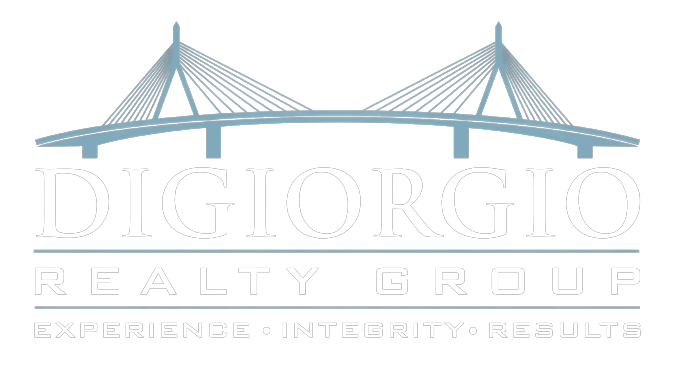Many Americans pay little mind to their utility bills. But it’s important to be aware of what you’re paying for, and why. To help, the Citizens Utility Board (CUB) issued the following tips on the five questions utility customers should ask about their electric and gas bills.
Am I paying for an alternative gas or electric supplier? Your bill is divided into two parts: supply and delivery. On the supply side, the biggest fee is the per-kilowatt-hour (electric) or per-therm (gas) supply charge, which covers the actual gas or electricity you use. If your supply costs skyrocket, it might be because you’re paying a high rate with an alternative supplier. Scan the supply section to see if you spot the name of another company.
Am I using more energy? Did your energy usage spike last month because of weather or extra house guests? Most bills have a bar graph that displays your energy consumption and how it compares to past months.
Did my electric or gas utility get a rate hike? If your local commerce commission granted your utility a rate hike, the increase will be reflected in higher rates on the delivery side of the bill. The two biggest delivery charges are the monthly customer charge and a per-kilowatt-hour or per-therm distribution charge.
Is my meter being read? Some utilities may skip meter readings and estimate your usage. When they get the real reading, you may get an adjustment and that could lead to an uptick in your bill. In your bill’s meter section, look for the words “Actual” or “Estimated” (or the letter “A” or “E”). If a utility estimates your usage two months in a row, find out why. The good news is more modern meters can be read remotely, so estimated bills are less common.
Is there something unusual? Is there a security deposit, installment plan or budget billing adjustment adding dollars to your bill? Is there a new or different meter number? Call the utility for a full explanation, and request an on-site investigation if necessary.
Source: The Citizens Utility Board (CUB)


